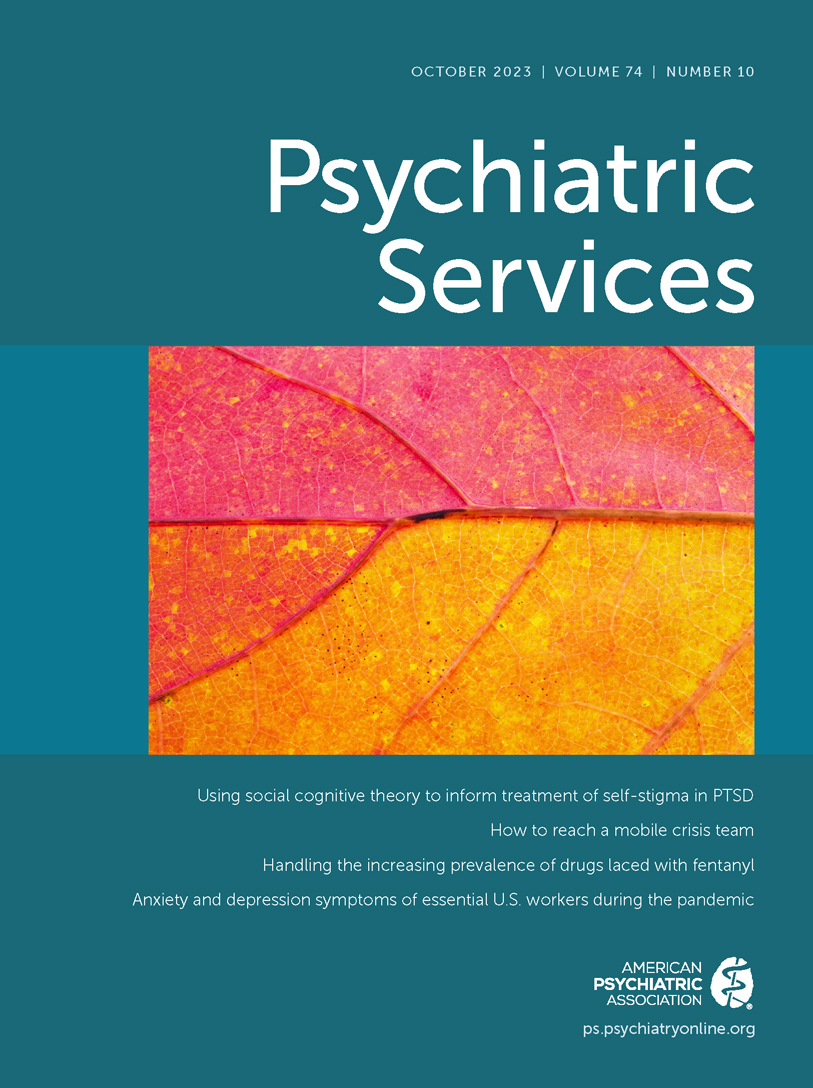Differences and Similarities Between Consumer- and Caregiver- or Family-Informed Peer Roles in Mental Health
Abstract
Objective:
Peer workers are widely employed across the mental health sector in Australia, and these positions increasingly include people with experience as a service user (consumer peer workers) and people with experience as a family member (caregiver peer workers). The authors explored similarities and differences between the consumer and caregiver peer workforces and considered positions designed to combine consumer and caregiver perspectives.
Methods:
A mixed-methods design was used to analyze data from a nationwide Australian survey (N=882), including responses from peer staff with consumer and caregiver perspectives (N=558), and from mental health staff not designated as peer workers (N=324).
Results:
Most participants viewed the two perspectives as different in terms of values or goals (51%) and work practices (59%), with fewer stating that the two workforces had similar goals or values (45%) and work practices (37%). Qualitative findings provided insight into these differences and similarities, identifying differences in perspectives, priorities, and work practices but highlighting similarities in values between the two workforces. Qualitative data also revealed potential risks of employing peer workers in roles designed to use both kinds of experience for direct support roles but indicated potential for the combined perspective in other contexts. Both qualitative and quantitative data indicated that participants with consumer experience perceived greater differences between the role types than those with caregiver experience only.
Conclusions:
The findings indicate similarities and differences between staff with consumer or caregiver perspectives and highlight the need for greater role clarity and the potential for conflict in positions where peer workers combine both perspectives.
Access content
To read the fulltext, please use one of the options below to sign in or purchase access.- Personal login
- Institutional Login
- Sign in via OpenAthens
- Register for access
-
Please login/register if you wish to pair your device and check access availability.
Not a subscriber?
PsychiatryOnline subscription options offer access to the DSM-5 library, books, journals, CME, and patient resources. This all-in-one virtual library provides psychiatrists and mental health professionals with key resources for diagnosis, treatment, research, and professional development.
Need more help? PsychiatryOnline Customer Service may be reached by emailing [email protected] or by calling 800-368-5777 (in the U.S.) or 703-907-7322 (outside the U.S.).



